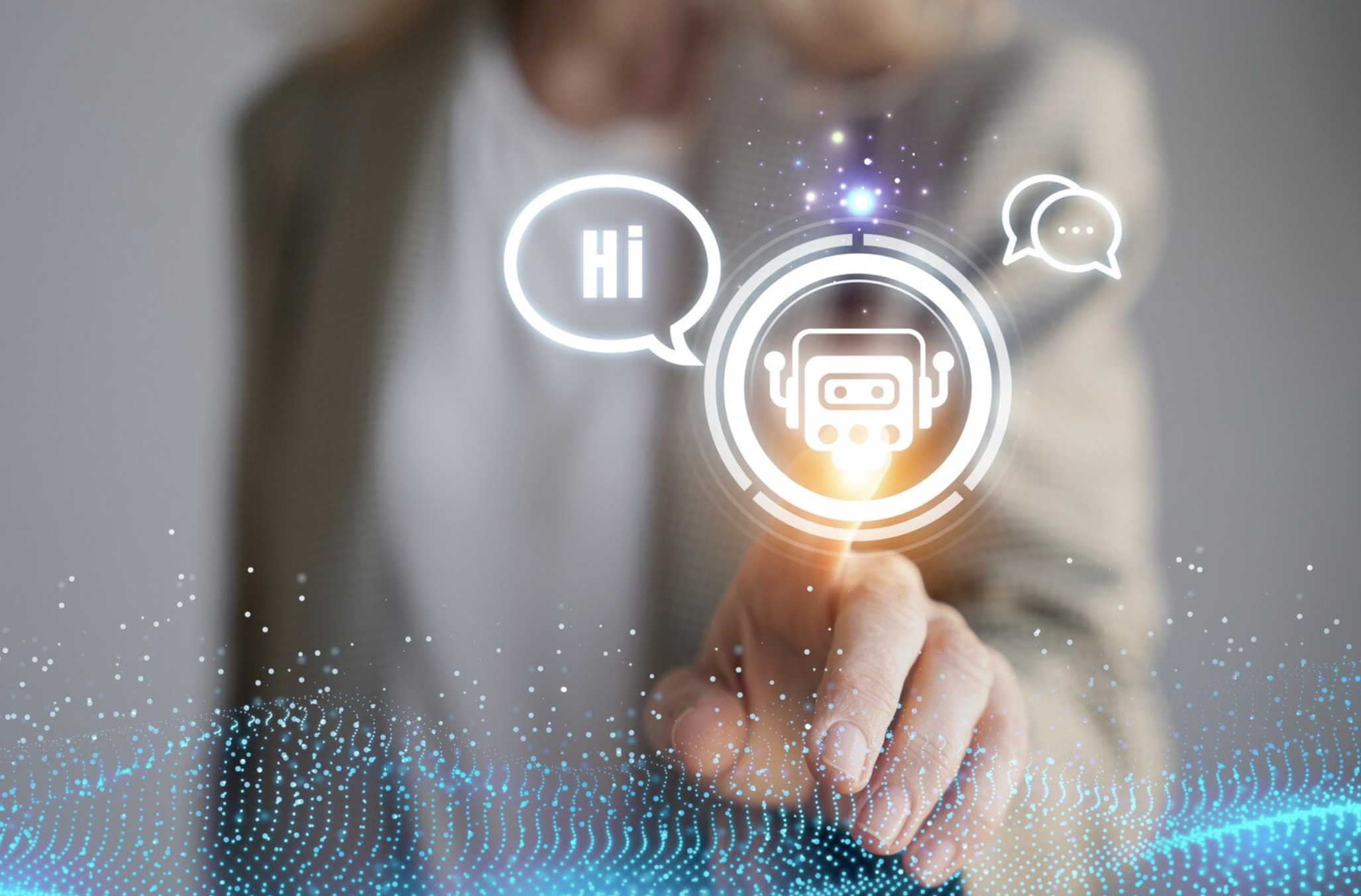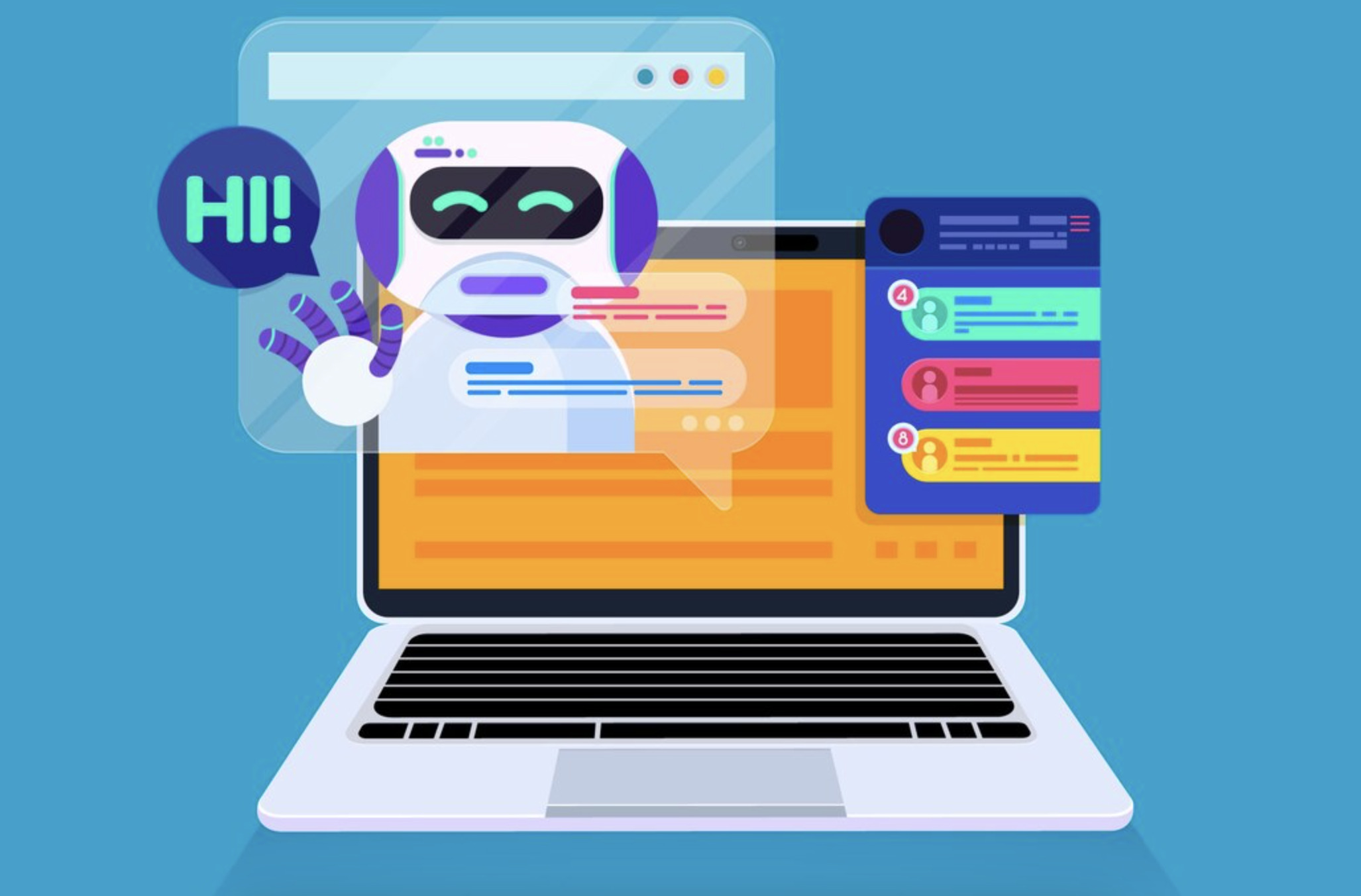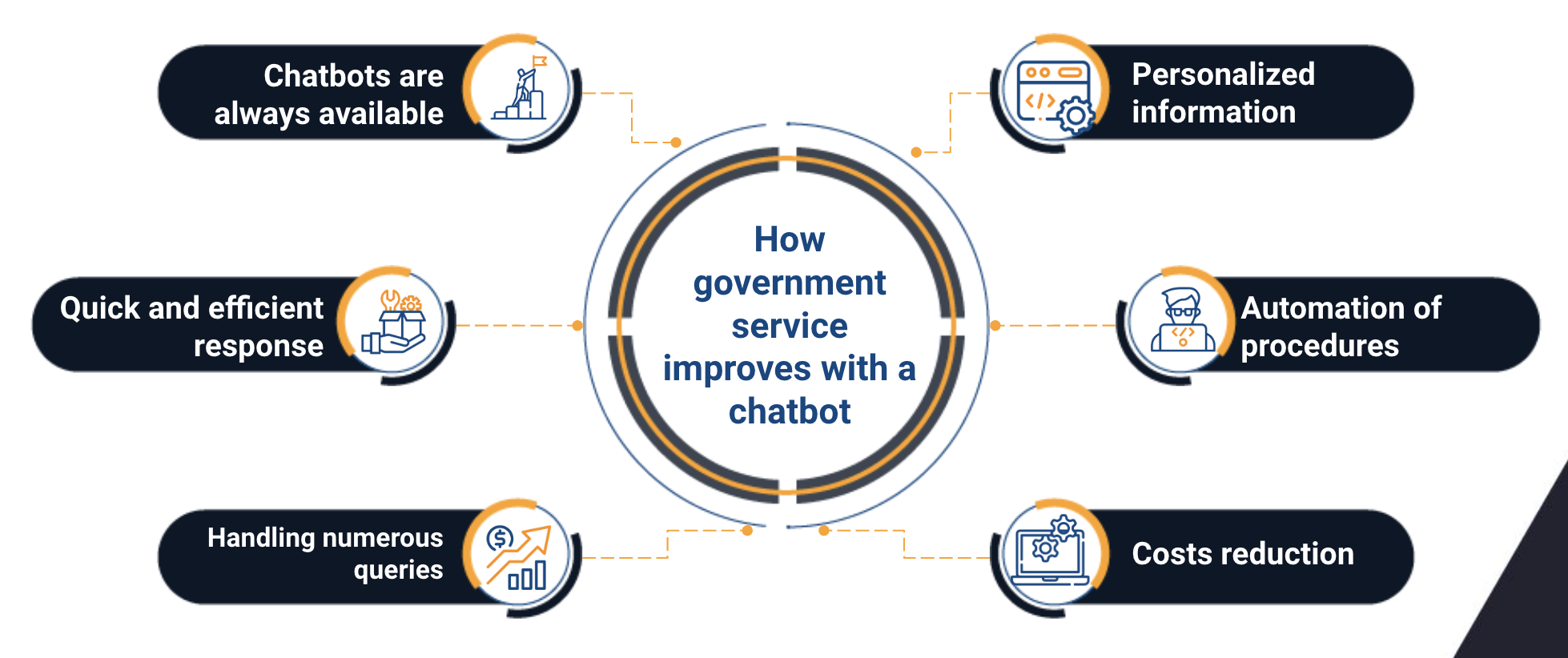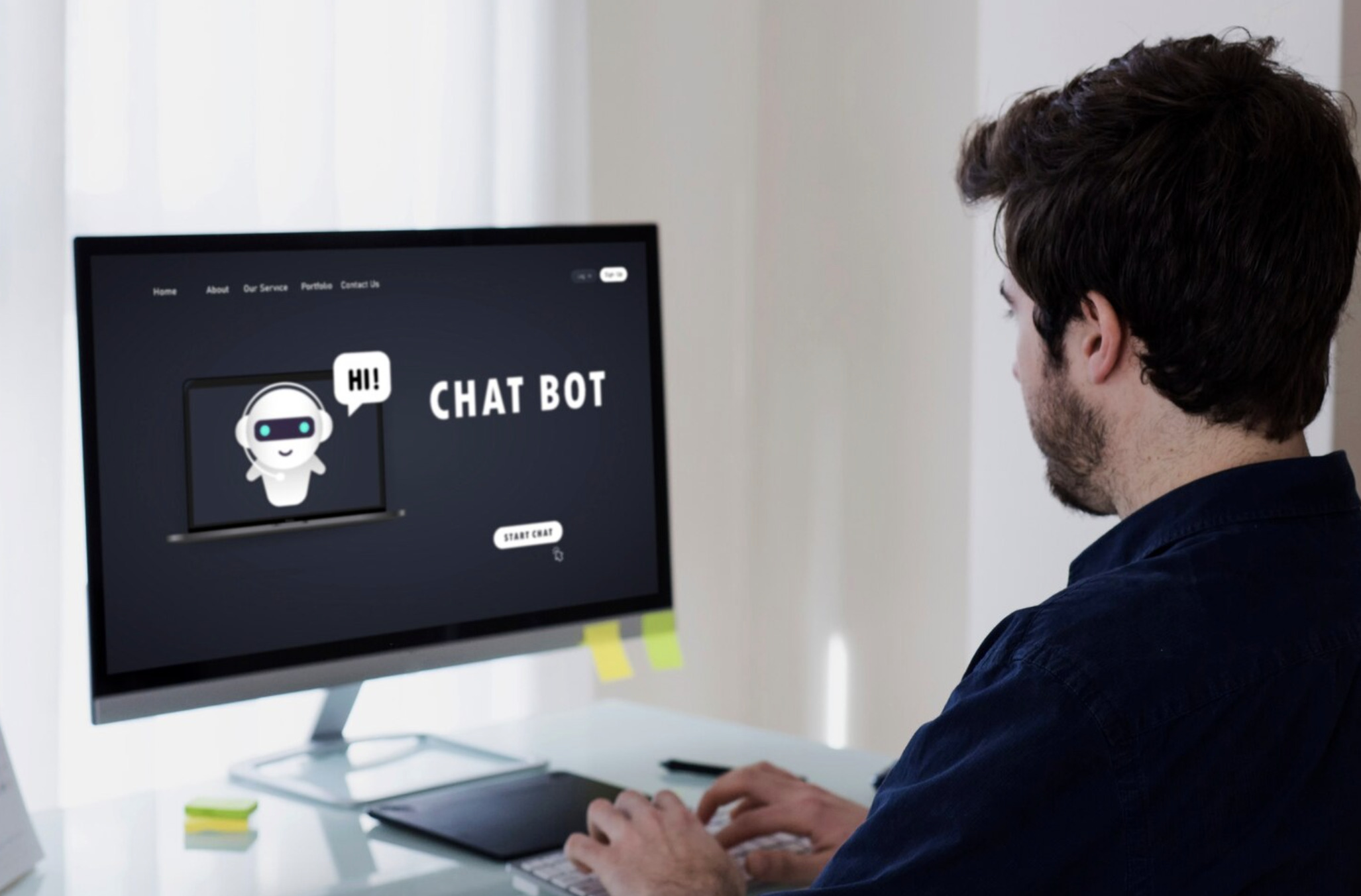Chatbots for government institutions: Strategies to improve citizen service
November 29, 2023
Table of contents
Quick Access

In recent years, chatbots have become disruptive tools that have transformed the customer experience in companies in various sectors. Its ability to provide instant answers, resolve queries, and provide support efficiently has led to widespread adoption in the enterprise space.
Additionally, government institutions have recognized the potential of chatbots as an effective measure to improve the citizen experience. The implementation of these virtual assistants on government portals has allowed citizens to obtain quick answers to their questions, avoiding long waits and bureaucratic procedures in government offices.
This adoption of technology not only streamlines processes, but also contributes to greater accessibility and transparency, significantly improving the interaction between citizens and public institutions.
Context of use of chatbots by government institutions
The COVID-19 pandemic triggered a significant acceleration in the adoption of new technologies by government institutions, and chatbots have been one of the key tools in this process.
Chatbots, being able to provide immediate answers to frequently asked questions about the health situation, restrictions, and other topics related to the pandemic, became an essential tool to keep citizens informed.
Government institutions experienced a significant increase in the number of inquiries and calls during the pandemic. Chatbots proved to be an efficient solution for handling basic queries, freeing up employees to address more complex and urgent issues.
According to statistics shared by the Government Technology portal, 39% of US states are using chatbots and plan to make updates in the next year, and 44% have implemented chatbots but have no current plans to update their systems. Only 17% are not using chatbots, but plan to implement them soon.

“Most jurisdictions that use robots have a defined list of questions they are capable of answering; In other words, we are not talking about Asimov-style intelligences that can learn to solve new problems and answer new questions on their own. Rather, the IT department could spend time configuring the chatbot before it goes live to work on how the bot recognizes and responds to questions”, they added in the article.
They also cited this case of how in the pandemic, chatbots helped optimize care for those affected: “In King County, Washington, for example, a chatbot helped identify which people who called a nurse practitioner had symptoms similar to the coronavirus and which ones are not. The county estimated that the chatbot saved 35 percent of the time nurses spent talking to people without those symptoms”.
The number of governments using chatbots doubled
According to the United Nations E-Government Survey report in 2020, the use of chatbots on countries' national portals experienced a significant increase, doubling from 28 in 2018 to 59 in 2020. “Government chatbots act as servers virtual publics that are available 24 hours a day”, they cited in a study carried out by universities in China and the United Kingdom.
“They use AI-related algorithms, such as natural language processing (NLP), deep learning, knowledge graphs and decision trees, to analyze citizen queries and respond instantly and accurately. They also have the ability to continually “learn” about the needs of citizens to optimize their responses”, they explained in the research published on the Science Direct portal.
How citizen service can improve using government chatbots
Chatbots are always available
“All of this happens easily because chatbots generally have simple, easy-to-use interfaces. People type the questions they have in mind and the chatbot quickly connects them to its function (...) With access to a computer, citizens can simply start asking questions to a government chatbot, and an agency can quickly return answers to their voters”, they detailed in an article on the StateTech portal.
Fast and efficient responses
Chatbots can provide immediate answers to frequently asked questions, eliminating long wait times and improving efficiency in customer service. This is especially valuable in emergency situations or when quick responses are needed.

Handling large queries
During high-demand situations, such as registration periods for services or the disclosure of critical information, chatbots can handle large volumes of simultaneous queries efficiently, reducing the burden on traditional customer service services.
Access to personalized information
Chatbots can personalize responses and provide specific information based on citizens' individual needs. This improves the user experience by providing more relevant responses tailored to particular situations.
Automation of procedures
Chatbots can facilitate the process of carrying out government procedures and procedures. From submitting forms to obtaining information on procedures, automation through chatbots simplifies and speeds up processes, reducing bureaucracy and improving the citizen experience.

Costs reduction
By automating repetitive tasks and responding to common queries, chatbots can reduce costs associated with customer support. This allows for more efficient allocation of government resources and budget optimization.
Altogether, the implementation of chatbots in the government sphere improves citizen service by providing quick, personalized and efficient responses, while contributing to the modernization and efficiency of government services.
Do you need to implement a chatbot in your business or government institution? At Rootstack, we have +13 years of experience supporting companies in their digital transformation. Contact us!
We recommend you this VIDEO
Related Blogs
-1.17.37-p.m.png)
We look at how AWS tools help you optimize costs
-10.38.35-a.m.png)
The basics of cloud computing
-9.19.54-a.m.png)
How IT outsourcing services can unlock your project in the retail industry
-5.03.33-p.m.png)
How to explain your project requirements to external mobile app developers
-2.51.54-p.m.png)
Scenarios in which companies should develop custom software
-11.27.07-a.m.png)
